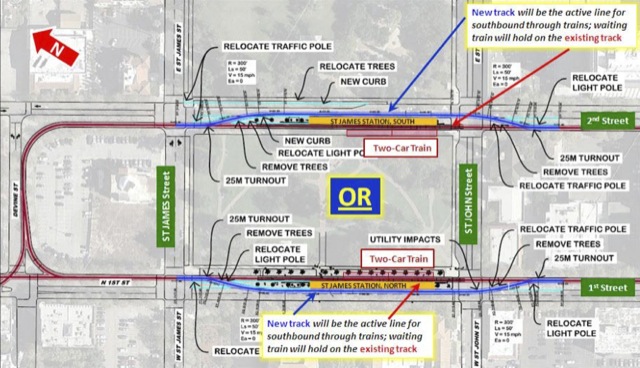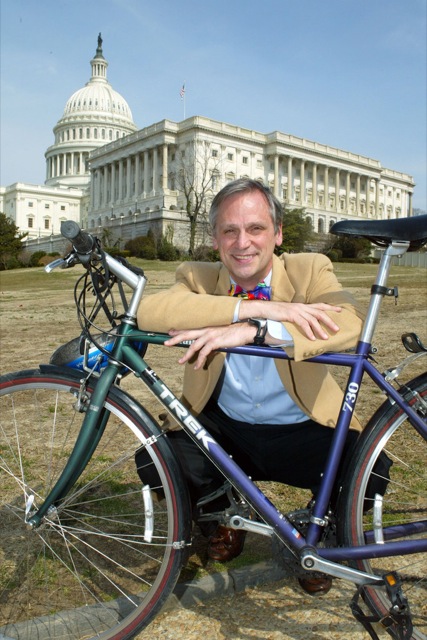As the Antiplanner noted yesterday, Ray LaHood’s lasting legacy as Secretary of Immobility is the loosening of requirements for major transit capital grants in new rules issued a few weeks ago. This is most important for streetcar fans, since the Bush-era rules pretty much predetermined that streetcars were not a cost-effective use of federal transportation dollars. As a result, most of the streetcar projects that LaHood was able to fund came out of stimulus funds, not transportation funds.
With the floodgates opened, expect to see a rash of streetcar applications. Reconnecting America, a pro-transit group, has cataloged more than 600 transit plans under way in more than 100 metro areas. These include 125 streetcar projects in at least 50 cities which may now be eligible for funding now that LaHood has eliminated the Bush cost-effectiveness criteria.
| Projects | Cost/Mile (Millions) | Daily PM/Million $ Cost | |
|---|---|---|---|
| Rapid Bus | 21 | 5 | 309 |
| Commuter rail | 116 | 17 | 269 |
| Bus rapid transit | 135 | 16 | 177 |
| Light rail | 118 | 82 | 121 |
| Heavy rail | 34 | 480 | 71 |
| Streetcar | 125 | 41 | 58 |
| Interstate Highways | 1 | 10 | 8,000 |
This table shows the estimated capital cost per mile of various types of transit projects identified by Reconnecting America. “Rapid bus” is Reconnecting America’s term for fast, frequent bus service with limited stops on existing roads; “bus-rapid transit” is Reconnecting America’s term for similar bus service on dedicated roads. The daily passenger miles per million dollars of capital cost is a crude measure of cost-effectiveness calculated by multiplying projected daily trips for each mode times the average length of trips by that mode (1.75 miles for streetcars; 4 miles for bus; 5 for light and heavy rail; and 20 miles for commuter rail) and dividing by the capital cost. The last row, representing the Interstate Highway System, is offered for the sake of comparison.









